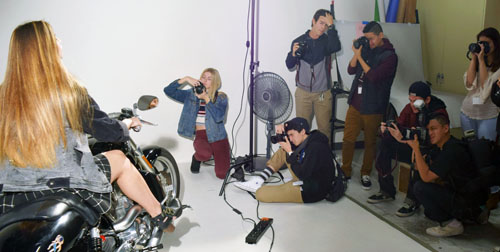
By Shor M. Masori
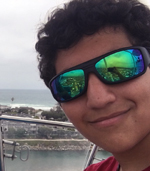
SAN DIEGO — High school photographers from throughout San Diego convened recently at San Diego City College where they practiced lighting techniques, working with models, developing photos the old-fashioned way in the dark room, and finding beauty in small objects. Being a student at Patrick Henry High School, I was privileged to accompany them to “Photo 360.”
We explored three lighting techniques. Almost all the students were excited by light painting, which permits a photographer to enhance photographs of subjects by adding light swirls and designs. I’m actually in this photograph, but am invisible because I was waving bundled Christmas lights, and a flashlight taped to a clear plastic bottle.
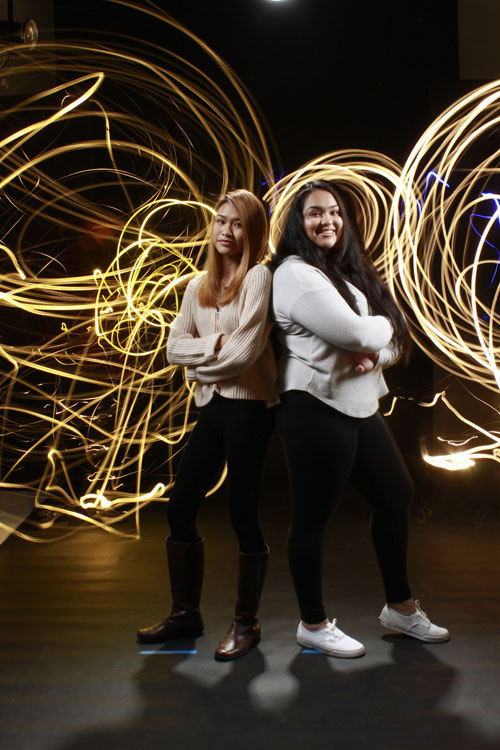
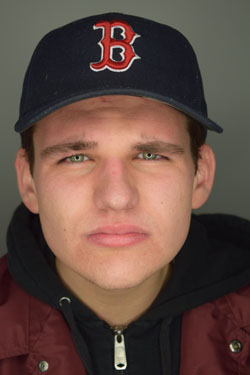
The students also experimented with a light ring which, as it sounds, is a device that projects a ring of light enabling a subject’s face to be evenly lit and without shadow. However, a reflective ring of light often can be seen around the pupil of the subject’s eye.
A third lighting technique involved two parallel flashes extended to the sides of a camera — similar to those used for high school yearbook photos.
Photographing live models was also quite interesting for the students. In our exercise, a male and a female model took turns posing. In one setting, a motorcycle was used for a prop. In the other, the models struck their own poses, but did respond to occasional requests.
Students interacted not only with the models but also with the on-site lighting expert, telling him which areas needed more illumination. This was a time for students to review their techniques for setting camera apertures and speeds.
Macro photography involves zooming onto small objects and revealing the beauty within. A fellow student, Jared Stockdale, fashioned a bird’s nest, with an egg inside, from pipe cleaners, wire and marbles. I added some other accouterments, including a clothespin which looks like a bird’s beak. For a photographer, the trick was to keep the lens steady and to transform the assemblage into a memorable picture. We changed the setting from color to gray scale in order to emphasize the shapes.
A fourth exercise took us into a dark room — which I had thought was an anachronism in today’s world of digital photography. However, after seeing how the application of chemicals can subtly change the hues of a photograph, and how negative and positive images may be interestingly combined, I realized this too is an important arrow in the photographic quiver.
On a personal note, I’d like to thank Patrick Henry faculty member Thom Hunt and Greg Quirin, a program specialist in the San Diego Unified School District’s Office of College, Career and Technical Education, for making possible my participation in the field trip.
*
Masori is a staff photographer for San Diego Jewish World. He may be contacted via shor.masori@sdjewishworld.com
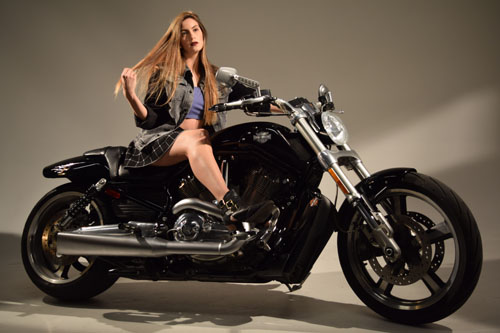
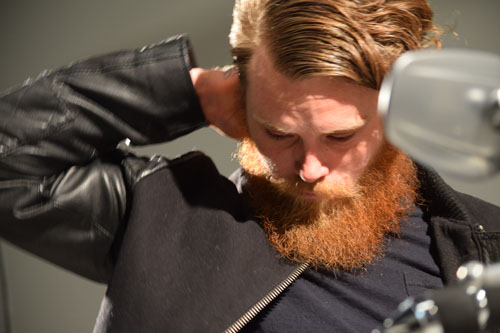

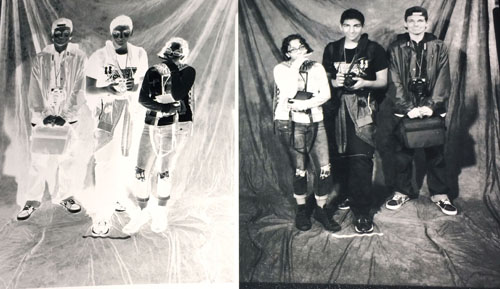
Great wright up Thanks. Friberg La Jolla High
Shor, Thank you for putting this article together. I’m so glad you were able to attend the Photo 360 event. keep up the Great Work!
Shor – Thanks for the article. It was a pleasure to have you on board.